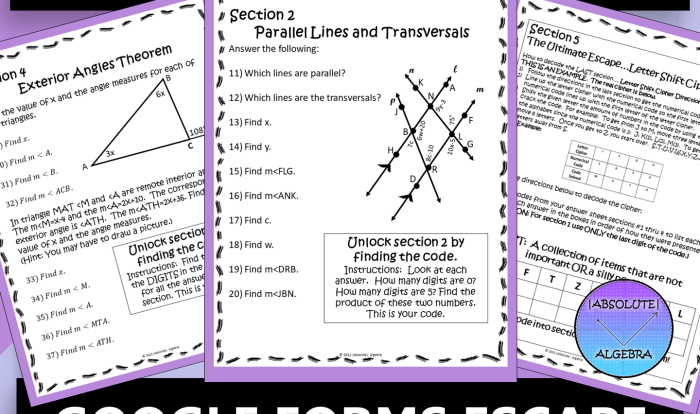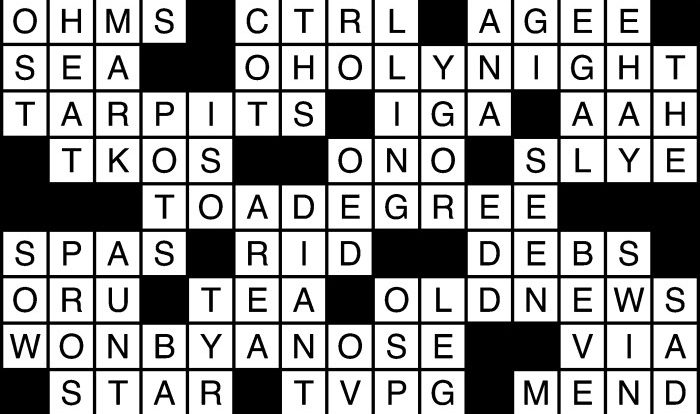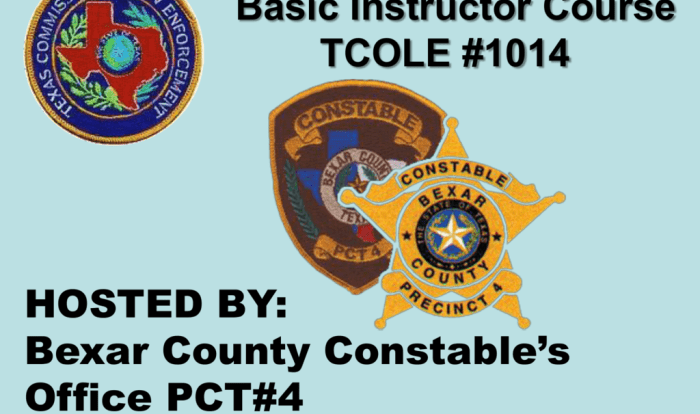The LeTRS Unit 3 End of Unit Assessment is a crucial tool for evaluating student learning and progress in literacy skills. This assessment provides valuable insights into students’ strengths and weaknesses, enabling educators to tailor instruction and support accordingly.
This assessment covers a wide range of literacy skills, including phonemic awareness, phonics, fluency, vocabulary, and comprehension. The assessment format includes multiple-choice questions, short answer responses, and extended writing tasks.
Overview of LeTRS Unit 3 End of Unit Assessment

The LeTRS Unit 3 End of Unit Assessment is a comprehensive evaluation designed to assess students’ understanding of the key literacy skills and concepts taught in Unit 3 of the LeTRS program. The assessment covers a wide range of topics, including phonological awareness, phonics, fluency, vocabulary, and comprehension.
Assessment Structure and Scoring: Letrs Unit 3 End Of Unit Assessment
The assessment consists of multiple sections, each of which assesses a specific literacy skill or concept. The sections are weighted differently, with the most heavily weighted sections being those that cover the most important concepts.
Student performance on the assessment is evaluated using a variety of criteria, including accuracy, fluency, and comprehension. Students who demonstrate a strong understanding of the concepts covered in Unit 3 will score well on the assessment.
Content Analysis
The LeTRS Unit 3 End of Unit Assessment assesses a wide range of literacy skills and concepts, including:
- Phonological awareness
- Phonics
- Fluency
- Vocabulary
- Comprehension
The assessment content is aligned with the learning objectives of LeTRS Unit 3, which are designed to help students develop the foundational literacy skills they need to become successful readers and writers.
Student Performance Analysis
Student performance on the LeTRS Unit 3 End of Unit Assessment can be used to identify areas of strength and weakness. This information can then be used to develop targeted instruction that will help students improve their literacy skills.
For example, if a student scores poorly on the phonics section of the assessment, it may indicate that they need additional instruction in this area. The teacher could then provide the student with extra phonics practice activities.
Educational Implications
The LeTRS Unit 3 End of Unit Assessment can be used to inform instruction and improve student learning. By identifying areas of strength and weakness, teachers can develop targeted instruction that will help students improve their literacy skills.
In addition, the assessment can be used to track student progress over time. This information can be used to make decisions about placement and to identify students who need additional support.
Technology Integration
Technology can be used to enhance the delivery and assessment of the LeTRS Unit 3 content. For example, teachers can use interactive whiteboards to display lessons and activities.
Students can also use technology to complete assessments. For example, they can use online quizzes and games to practice their literacy skills.
Query Resolution
What is the purpose of the LeTRS Unit 3 End of Unit Assessment?
The LeTRS Unit 3 End of Unit Assessment is designed to evaluate student learning and progress in literacy skills, including phonemic awareness, phonics, fluency, vocabulary, and comprehension.
What is the format of the assessment?
The assessment includes multiple-choice questions, short answer responses, and extended writing tasks.
How is student performance evaluated?
Student performance is evaluated based on a scoring criteria that assesses accuracy, completeness, and depth of understanding.




